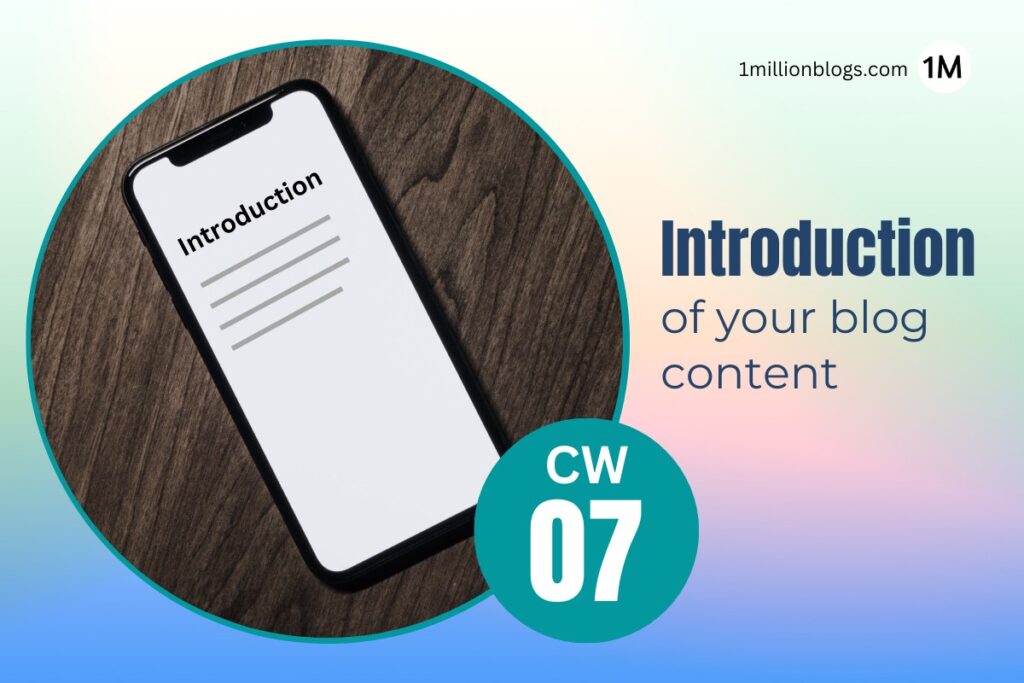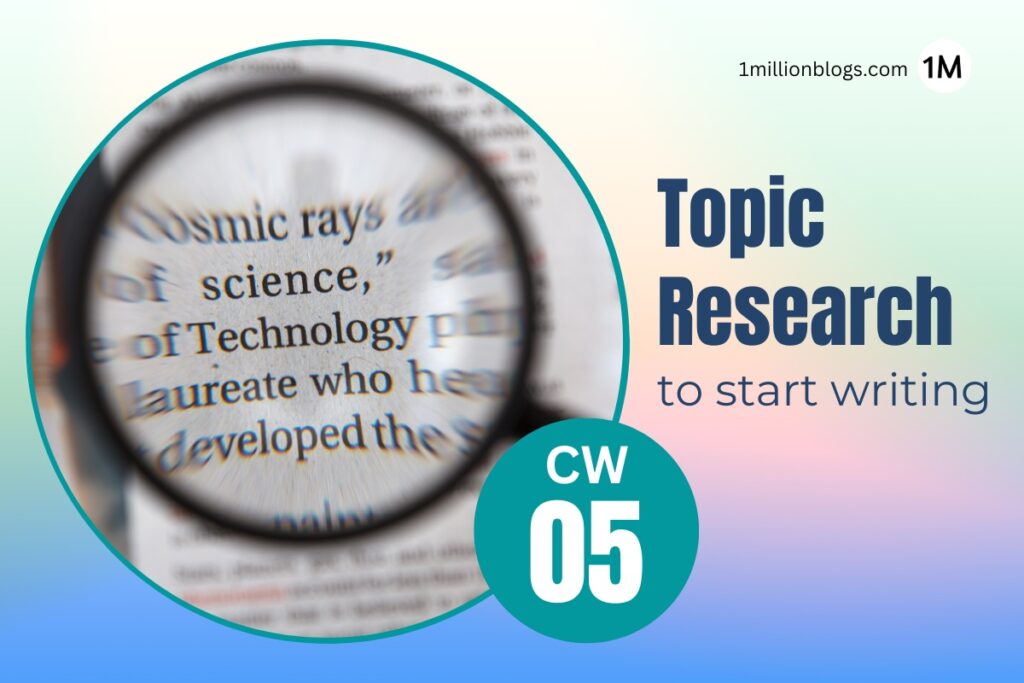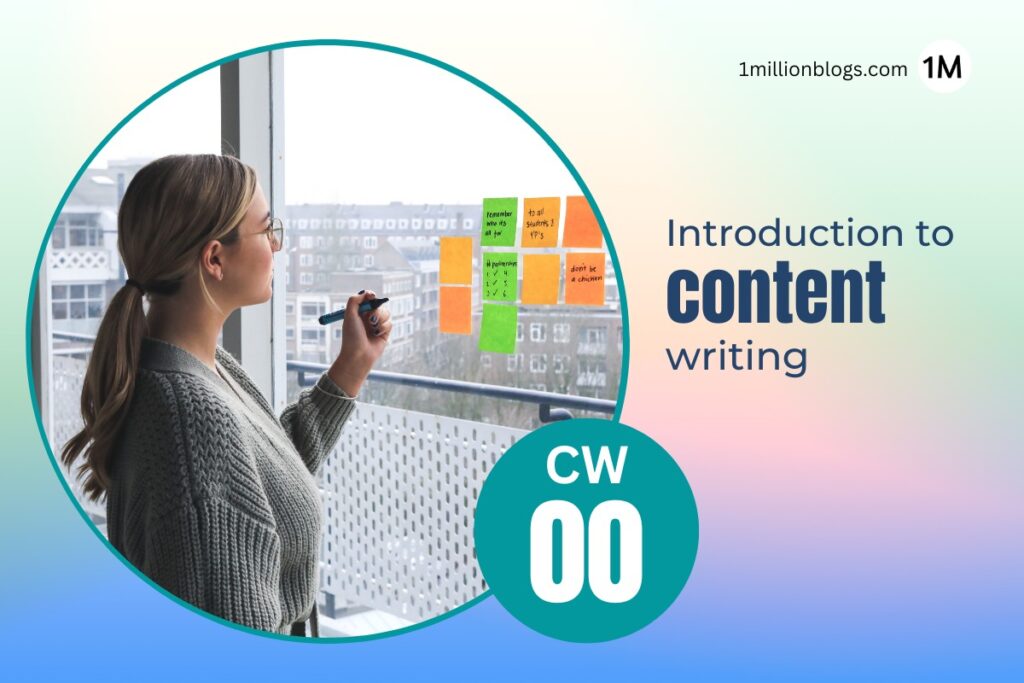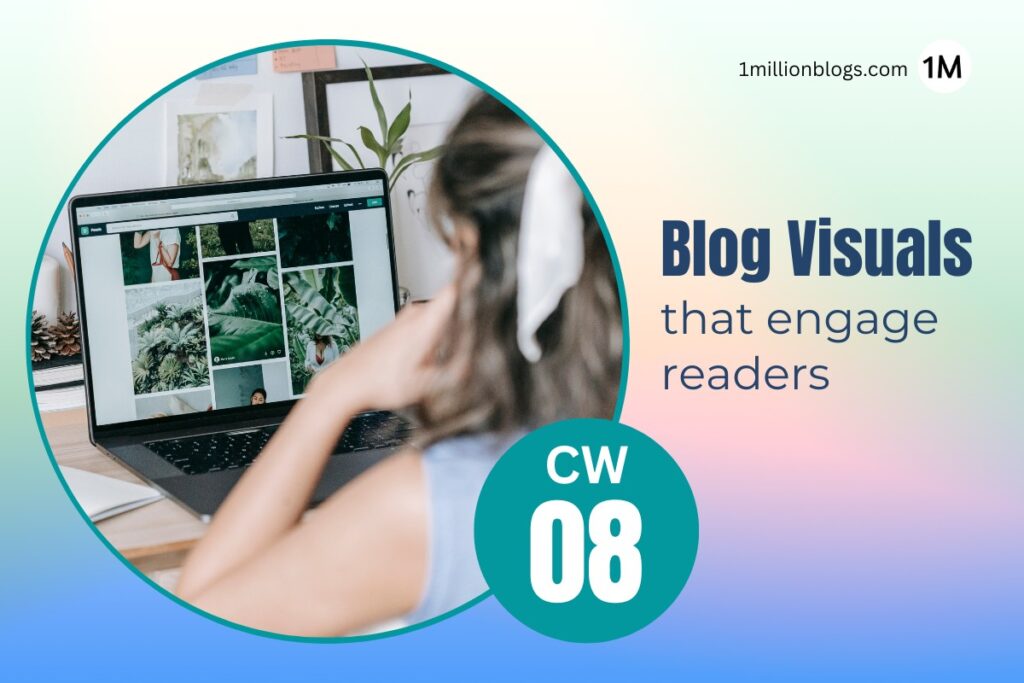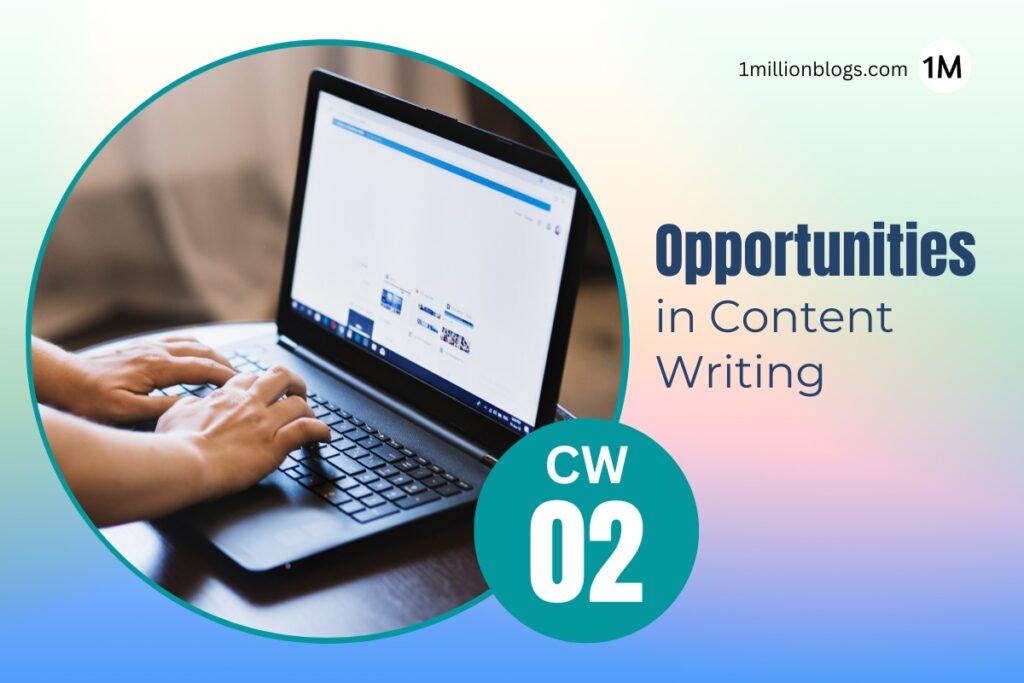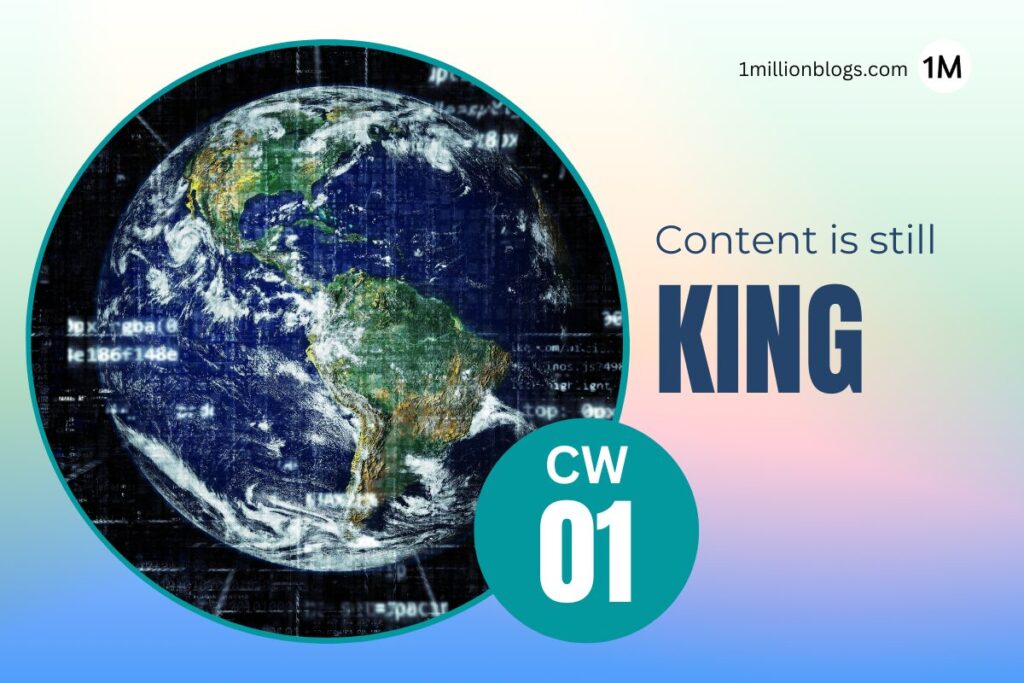Writing is the writer’s trajectory, while reading is the reader’s trajectory.
Both these trajectories first meet at the introduction part of an article. It’s like a virtual handshake between readers and writers.
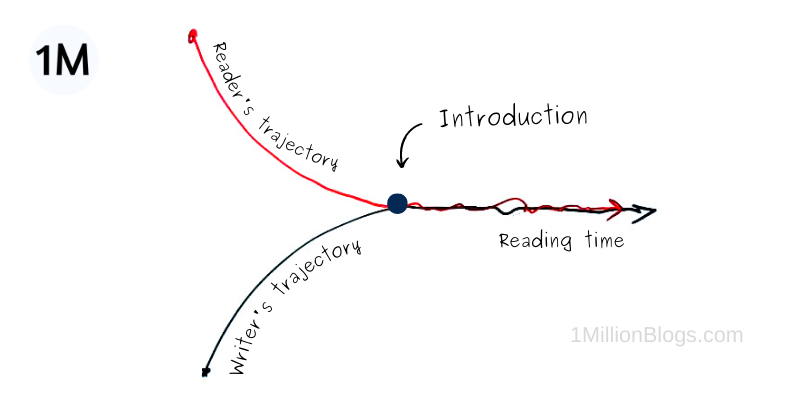
As you know, your first impression is your last impression. So a poor introduction will not make your readers scroll. Statistics say that around 80% of readers don’t scroll up to 50% of your content. And, the majority of the readers bounce off after reading the introduction. A good introduction converts visitors into readers.
But writing an introduction is not an easy task!
Most of the article online talks about tips and tricks, but none of them talk about the core approach to writing an introduction. In our this content writing course, we dedicated this lesson separately for introduction to talk about 4-stage approach of writing a powerful introduction.
Don’t miss anything.
Read carefully till the end!
Hook early
Your first sentence is the key. In fact, the majority of content writers struggle for hours for a perfect opening sentence.
What’s so special about the first sentence?
To understand this, we need to learn a bit about the attention span of humans. Do you know that goldfish have an attention span of 9 seconds? while we humans are behind goldfish with an average of 8.25 seconds. For an individual, this can be just a couple of eye’s blink.
And that’s what makes the opening sentence special. It should be something that hooks your readers within a couple of blinks. If not; he or she is gone. Another interesting thing is that your readers are willing to give you a few more chances to hook them. Thus, if the first line fails to excite, they scroll to the next paragraph or heading, looking for something interesting.
So, in short, the opening lines of not just the first paragraph but a few successive paragraphs are important as well.
So, how do you hook them?
Be short. Don’t make it lengthy. Say something unusual, unexpected, or sometimes contradicting or controversial. Numbers and statistics also work better in hooking. Quotes and visuals can’t be denied as well. Overall, based on the topic of your content and audience, a powerful hook statement can be created.
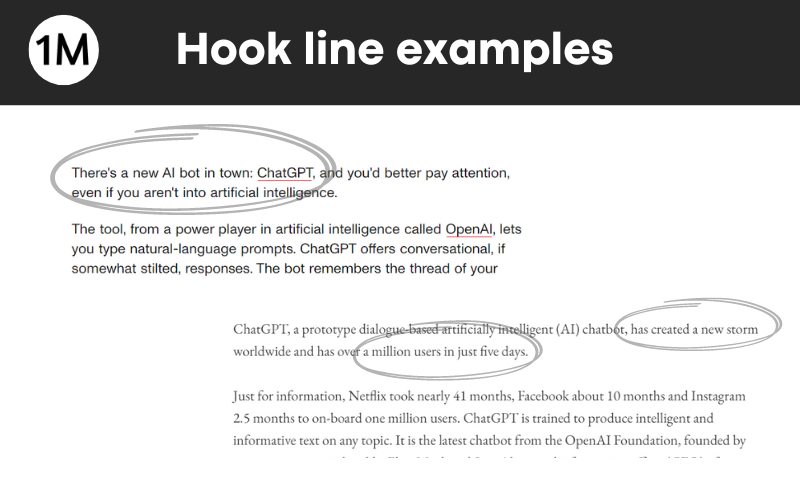
Problem Statement
Answer this!
Why does someone read your content?
Is it because you invested hours of your time and hard work and wrote something? Are they reading for your benefit?
NO!
Readers have nothing to do with your writing unless it benefits them! Every reader is selfish in a way that they are reading for themselves, for their information, their vocabulary, their excitement of reading. or simply for a solution to their problem.
Your introduction must clearly state how your content will benefit the readers. Basically, the problem statement. And you have to do that before the influence of your hook line ends. If you succeed in doing this, you got their curiosity. Your readers develop an urgency for the solution.
So, how do you write a perfect problem statement in your introduction?
Use the word “you” or “your” in order to relate your reader to the problem. Avoid addressing multiple issues at once; instead, be laser-focused on the major one. Mention the adverse impact if it is not resolved. Develop an urgency for the readers to find a solution. Your urgency factor is important because the quickest solution is below this problem statement. That’s what we will discuss in the next section.
Take them into confidence
By this stage, your readers are looking for a solution to the problem you stated. They have two options: either to hear you or to Google the solution.
The later option is time taking and energy consuming. Even though you have not developed any confidence in the reader’s mind, they are bound to read you because it’s easy and less time- and effort-consuming.
For this reason, your readers will read ahead to the problem statement. Here you have to take your readers into confidence.
But, how?
Ask them some critical questions that will make them wonder about a solution. Tell them that you have crafted a better one below. Use numbers and statistics to signify the research you did in crafting this solution. You can also mention the length of the solution by giving a quick outline of the content. Overall, make them realize that you have something worthwhile to read below.
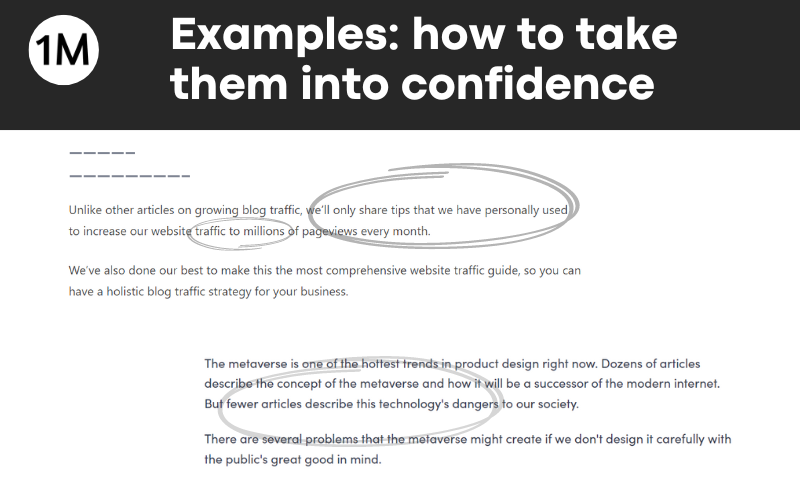
Continuation…
This is the shortest part of your introduction; it could be a sentence or sometimes even a few words. It’s like giving directions to your readers to continue reading further.
Why is this even needed if we already have the reader’s attention?
Well, our minds work weird! A millisecond can take their attention away, while external factors around readers can’t even be predicted. Plus, there are high chances that the reader’s mind may get lost in thoughts of the problems you just stated, and instead of reading, they start imagining.
So, clear action words can take that attention back and drive them to read further.
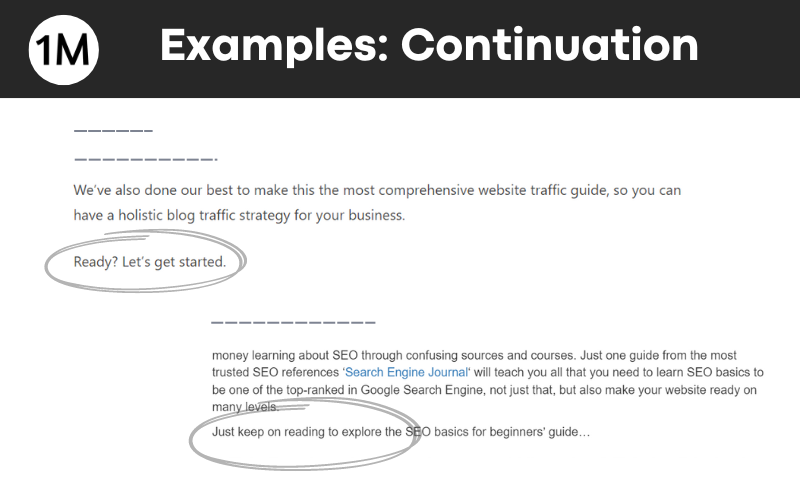
Conclusion
This four-stage theory of writing an introduction works for a wide range of content. However, there could be different approaches to writing introductions based on topic and audience.
For example, if you are writing anything for a subscribed audience, you don’t need to invest your time and words to take them into confidence.
Also, your introduction must not be lengthy; 50 to 100 words are good enough. Non-decorative images also work.
I hope you gained a good deal of insight in writing an introduction. In the next blog, we will learn about blog visuals, including images, gifs, and screenshots, and their importance in a piece of content.
